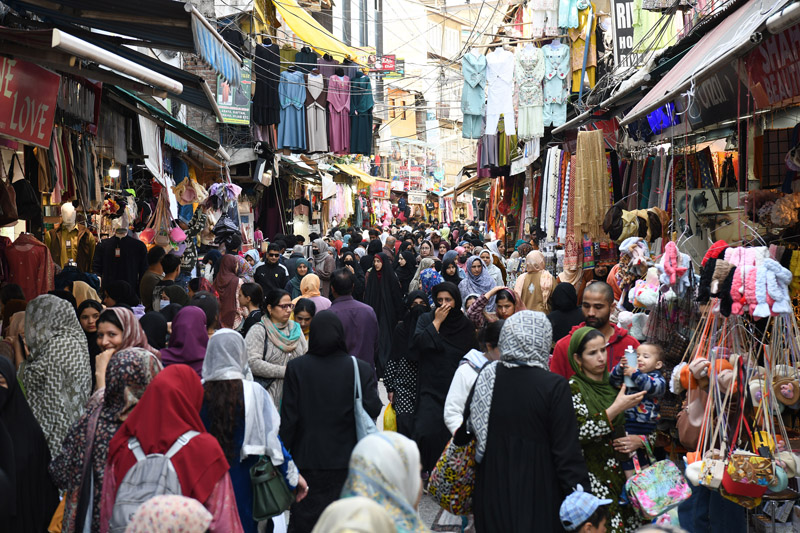A Festival Amid Financial Strain
Srinagar 30 May 2025: Eid-ul-Adha, a time of spiritual reflection and communal celebration, has traditionally been a period of economic vitality in Kashmir. Markets would bustle with activity as families prepared for the festival. However, in 2025, the economic landscape tells a different story. Traders across the region report a significant downturn in sales, attributing the slump to factors such as inflation, unemployment, and shifting consumer behaviors.
The Sacrificial Animal Market—A Tradition Under Pressure
Declining Sales and Surplus Stock
The sacrificial animal market, particularly in Srinagar’s Eidgah area, is experiencing an unprecedented slowdown. Traders like Imran Mir, who priced his sheep at ₹70,000, struggle to find buyers willing to meet the cost. Despite an influx of high-quality breeds from states like Rajasthan and Punjab, demand remains low. Khazir Mohammad Regoo, President of the Mutton Dealers Association Kashmir, notes a 60% drop in sales compared to previous years.
Impact on Local Breeders
Local herders, including the Gujjar and Bakarwal communities, face significant challenges. Mohammad Iqbal Khatana, a Bakarwal herdsman, reports selling only 30 sheep over two weeks, a stark contrast to the 250-300 animals sold in previous years.
Retail Sector—Garments and Essentials See Sharp Decline
Garment Sales Plummet
The garment sector, once a cornerstone of Eid shopping, has seen sales drop by up to 95%. Traders in South Kashmir’s Anantnag and Pulwama districts report minimal customer turnout, with many shops struggling to cover basic expenses like rent.
Essential Commodities Become Luxuries
Consumers express frustration over the soaring prices of essential items. Staple foods, including bread, mutton, and chicken, have nearly quadrupled in price, forcing families to curtail purchases. Manzoor, a customer from Srinagar, highlights the financial strain, stating that even basic Eid treats have become unaffordable.
Economic Factors Contributing to the Slump
Inflation and Unemployment
The region’s economic distress is exacerbated by rising inflation and high unemployment rates. Mohammad Yaseen Khan, President of the Kashmir Traders and Manufacturers Federation, notes that outstanding loans and delayed EMIs have added to the market’s decline.
Shift to Online Shopping
The growing trend of online shopping has also impacted traditional markets. Suhail Shah, Vice President of the Lal Chowk Traders Association, attributes a 70% decline in sales to consumers opting for online purchases, further diminishing foot traffic in physical stores.
Voices from the Ground
Traders’ Perspectives
Traders express a mix of despair and hope. Altaf Ahmad Baba, a livestock trader at Eidgah, laments the severe decline in sales, having sold only five of fifty goats. He notes that this business is their sole livelihood, and the downturn has been devastating.
Consumers’ Struggles
Consumers like Bashir Ahmad from Baramulla find it challenging to fulfill religious duties such as Qurbani due to financial constraints. He emphasizes the difficulty of balancing rising costs with familial responsibilities.
The Road Ahead—Strategies for Recovery
Government Intervention
To stabilize the local economy, government initiatives focusing on regulating prices and providing financial support to traders are essential. Implementing subsidies and monitoring market practices can help alleviate some of the burdens faced by both sellers and buyers.
Embracing Digital Platforms
Traders are encouraged to adapt to changing consumer behaviors by establishing an online presence. Utilizing digital marketing and e-commerce platforms can open new avenues for sales and customer engagement.
Bottom-Line: A Call for Collective Resilience
The economic challenges faced during Eid-ul-Adha 2025 in Kashmir underscore the need for collective resilience and adaptive strategies. By acknowledging the hardships and working collaboratively—traders, consumers, and government alike—the community can strive towards a more stable and prosperous future.


